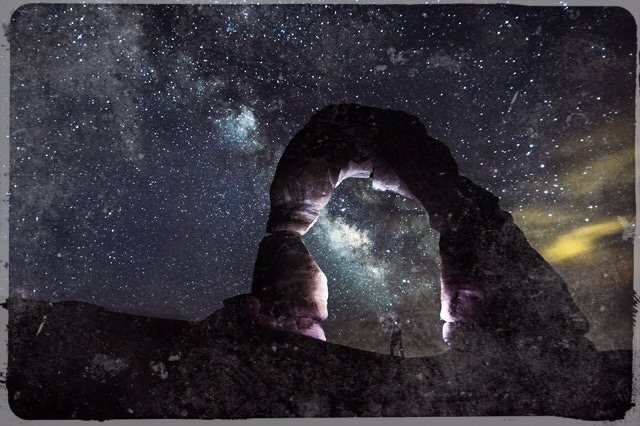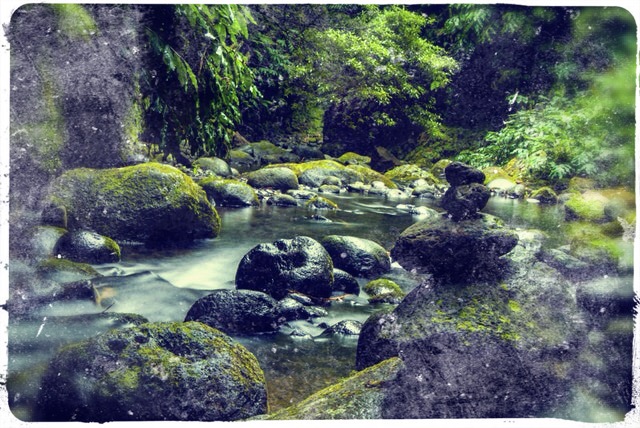The Finnish mythology has a plethora of larger creatures. Giants have been very popular in folklore all over the country. These huge man-like beings are never seen, but their works are very visible. The ancient Finns believed that giants populated our country before Finns arrived to the North. The hills, ravines and lonely, large rocks in the middle of meadows are the traces giants left behind.
Contrary to rest of the world, the Finnish giants were not considered dumb or slow, just ordinary, like the rest of us. They had families, they were farmers or had other jobs.
Antero Vipunen
One of the best-known giants in Finland is Antero Vipunen. He protected deep knowledge and magic. He was buried underground, but had the knowledge of valuable spells. In Kalevala, when Väinämöinen needs some spellwords, he goes to Vipunen and wakes him up by pushing sharp stakes through him.
Sons and Daughters of Kaleva
Stories of giants were much more popular in Eastern Finland, than in Western Finland. And that’s quite reasonable, because Western Finland was populated by the sons and daughters of Kaleva. They were very strong, like giants, and especially skilful at ploughing. Besides Western Finland, the sons and daughters of Kaleva were very well known in Kainuu, in the North-Eastern Finland. These huge folks of Kainuu were familiar even to the other Scandinavian people. There are also Anglo-Saxon legends from the 6th century telling about a leader called Gaelic, who ruled over the Finns. The sons of this king included Väinämöinen, Ilmarinen, Soini, Hiisi and Kihouskovainen, familiar names from Kalevala, the national epic tale of Finland.
It was told that the 12 sons of Kaleva built stone castles and sailed all the way to Sweden and even conquered parts of Russia. In fact the modern studies have shown that there has been a rare gene mutation in Kainuu, which causes excessive growth.
Giants and sons and daughters of Kaleva were not the only large folks in Finland. The Northern Finland was populated by Jotulis (alternative spelling Jatulis). They built labyrinths from stones. In the Lapland lived Staalos, who were man-like, but much taller. They could even have children with humans. Staalos were fierce, human hunting monsters, but they were also very rich.
Kalevipoeg
Our Baltic neighbours, the Estonians, have Kalevipoeg, which means the son of Kalevi. In other words, it seems to be of the same family as the Finnish Kaleva’s sons and daughters. Perhaps the youngest son remained in Estonia after a raiding trip to Russia? Who knows, but Kalevipoeg was not very lucky, as he ended up to be the guard of the gates of the Hell.
Susan
P.S. There is an excellent new book on the Finnish mythology, which I’ve used in creating this post. It’s called Suomalaiset taruolennot by Eero Ojanen & Sirkku Linnea.

